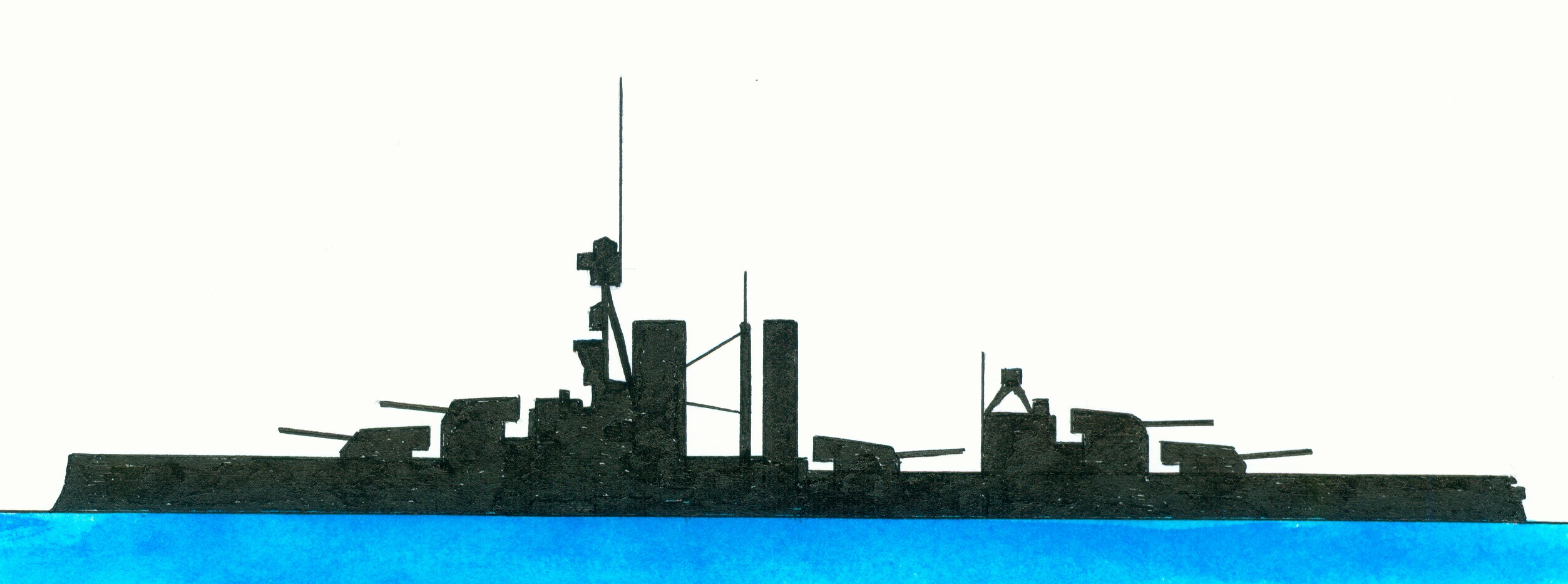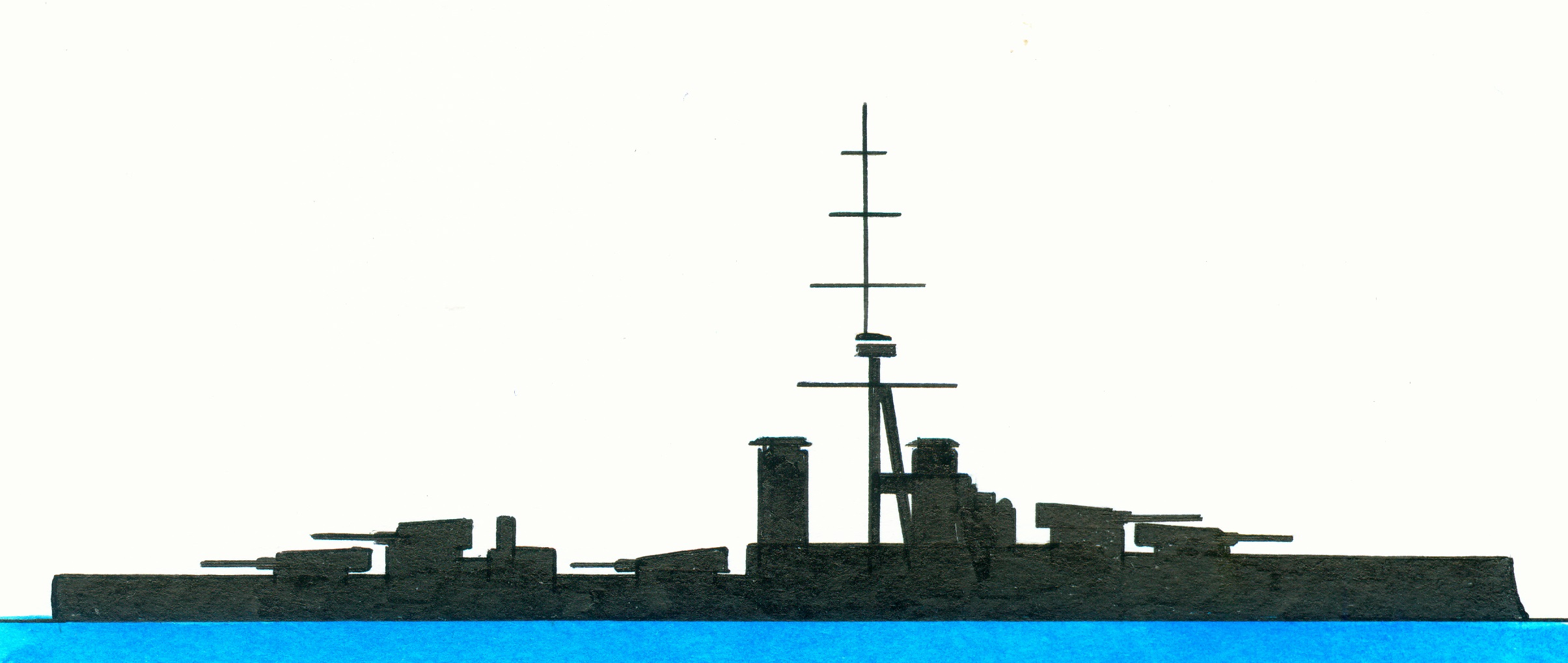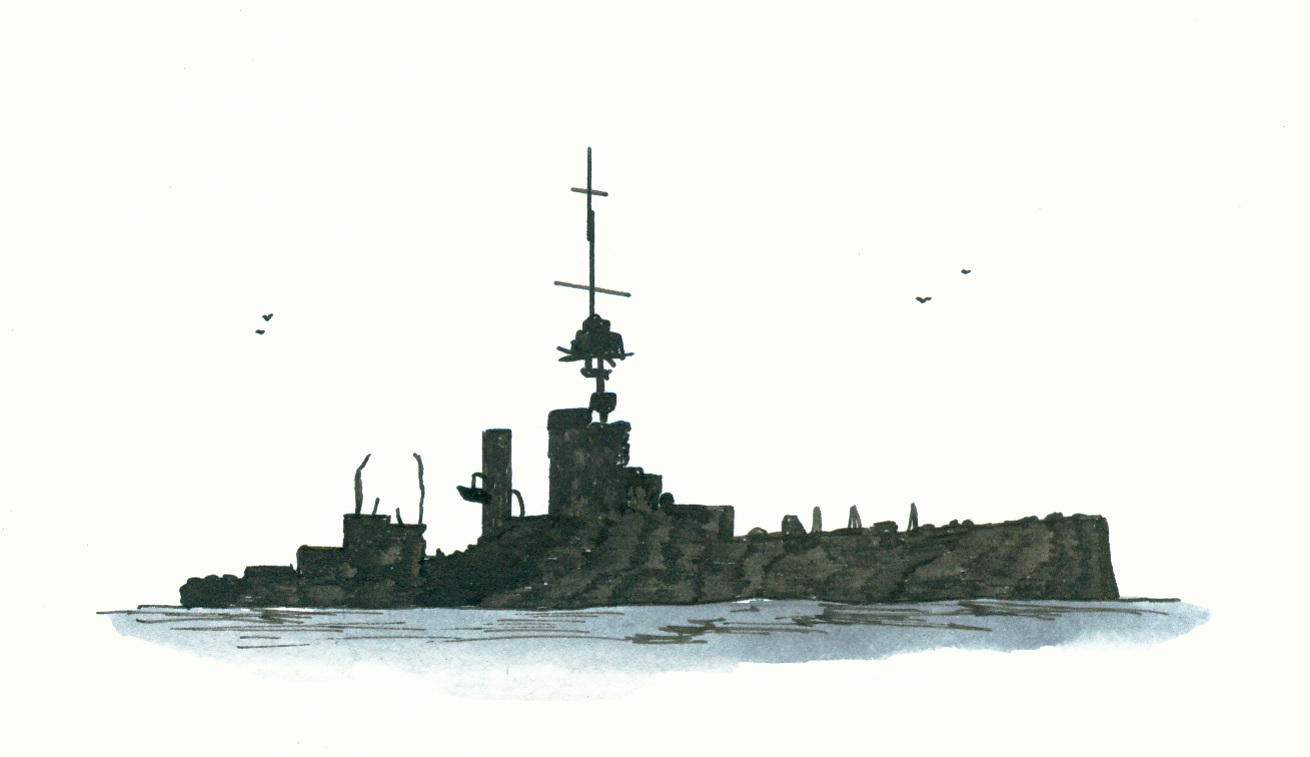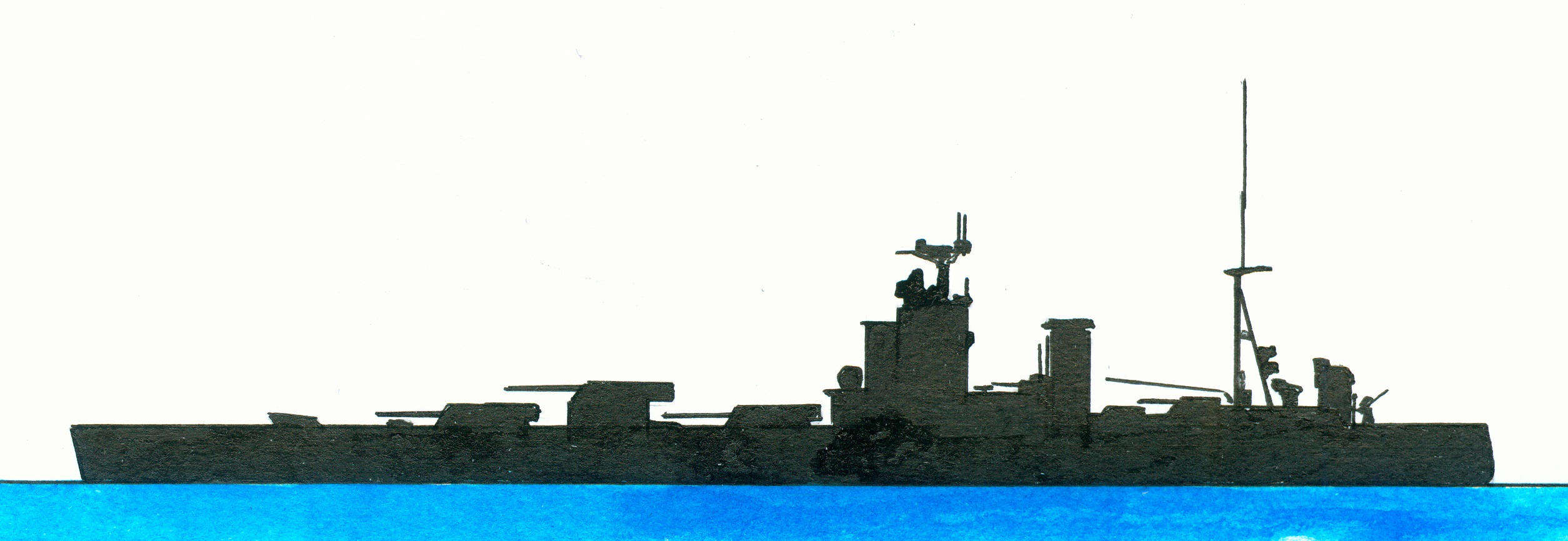King George V-class
Orion-class
HMS Centurion
Nelson-class
Notes
1. Part of the King George V-class consisting of the King George V (ex-Royal George), Audacious, Centurion and Ajax, preceded by the Orion-class and succeeded by the Iron Duke-class. Ordered under the 1910 construction program. Laid down by Scotts Shipbuilding and Engineering Company, Greenock, Scotland on 27 February 1911, launched on 21 March 1912, completed on 31 October 1913, decommissioned in 1924, part of the reserve at Devonport and sold to the Alloa Shipbreaking Company be broken up om 10 December 1926 which started at Rosyth, Scotland from 14 December 1926 on.
2. Part of the King George V-class consisting of the King George V (ex-Royal George), Audacious, Centurion and Ajax, preceded by the Orion-class and succeeded by the Iron Duke-class. Laid down at the navy yard Portsmouth, England on 16 January 1911, launched on9 October 1911, completed in November 1912, decommissioned in 1919, part of the reserve at Devonport, England, gunnery training ship 1923-1926 and broken up in 1926.
3. Her building at the yard of Thames Ironworks and Shipbuilding Company at the mouth of the Bow Creek on the west side at Canning Town as part of the Orion-class was ordered in 1909, laid down on 13 April 1910, launched on 1 February 1911, commissioned in May a year later and decommissioned in 1921 to became a year later a seagoing training ship for cadets and finally paid off in November 1926 in December 1926 and grounded off Blythe on her last voyage to the scrap yard. Building costs were 1,892,823 pound sterling. After her completion was the yard bankrupt!
4. Part of the King George V-class consisting of the King George V (ex-Royal George), Audacious, Centurion and Ajax, preceded by the Orion-class and succeeded by the Iron Duke-class. Laid down at the navy yard Portsmouth, England on 16 January 1911, launched in 18 November 1911, completed in May 1913, converted into a target ship in 1924, ideas to used her as block ship in the harbour of Tripoli, Libya declined in April 1941, converted with a false superstructure into a decoy for the HMS Anson in April 1941-1942 and finally sunk as a breakwater off Normandy in June 1944.
5. Of the Nelson-class with as sister ship Rodney. A simplified design of the G3 battle cruisers which was cancelled by the British Royal navy as a result of the Washing Naval Treaty of 1922. She was to able to compete with the USS Colorado and the Japanese Nagato battleship classes. Sister ship HMS Rodney. Her building was ordered in 1922, laid down on 28 December at Armstrong-Whitworth, Newcastle launched on 3 September 1925, commissioned on 15 August 1927, 1941-11942 extensively repairs needed as a result of an Italian torpedo, decommissioned in February 1948 and on 15 March a year begun her breaking up.
6. Of the Nelson-class with as sister ship the HMS Nelson, preceded by the never realized N3-class and the realized Revenge-class and succeeded by the King George V-class. Building ordered in 1922, laid down at Cammell Laird, Birkenhead, England on 28 December 1922, launched on 17 December 1925, sponsored by Princess Mary, completed in August 1927, commissioned on 10 November 1927, involved in the battle with the German battleship Bismarck 26-27 May 1941. decommissioned in 1946, stricken in 1947 and started at Inverkeithing, Scotland her breaking up on 26 March 1948. Building costs 7.617.799 pond sterling. Originally intended to be larger but as result of the Washington Naval Treaty of 1922 was her designed displacement limited to just 35.000 tons




